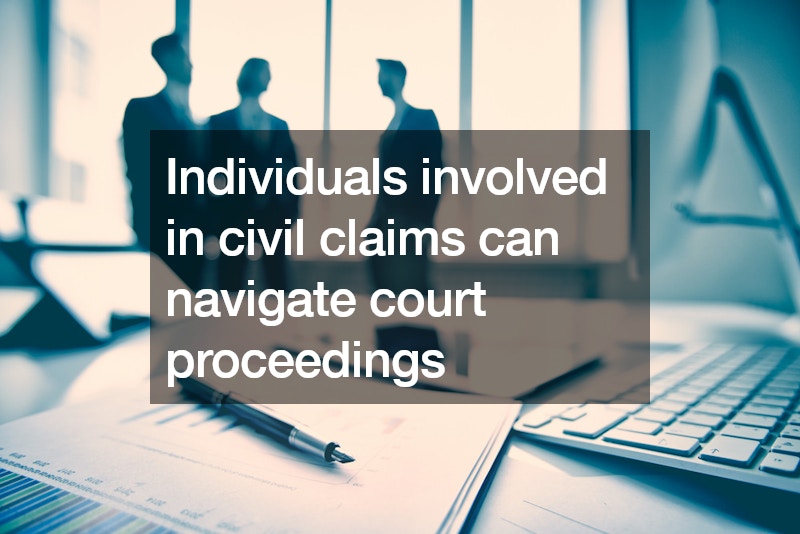As explained in this YouTube video, in civil claims, appearing in court involves specific steps to navigate the legal proceedings effectively:
Preparation: Before court, ensure all necessary documents and evidence are organized and accessible. Review the details of your case thoroughly with your legal representative to understand the arguments and potential outcomes.
Courtroom Etiquette: Arrive early and dress appropriately. Follow courtroom etiquette, such as addressing the judge respectfully and refraining from interrupting others.
Presentation: When your case is called, present your arguments clearly and concisely.
Stick to the facts and avoid emotional appeals. Refer to evidence and legal precedents to support your claims.
Responding: Be prepared to respond to questions from the judge or opposing counsel. Answer truthfully and directly, avoiding speculation or uncertainty.
Process Servers: During the proceedings, process servers may be called upon to testify regarding the service of legal documents. Their testimony is crucial to verify that all parties were properly notified of the legal action, ensuring due process was followed.
Court Orders: Pay attention to any court orders issued during the hearing. Comply promptly with any directives from the judge, such as submitting additional documents or scheduling follow-up proceedings.
Post-Hearing: After the hearing, discuss the outcome and any next steps with your legal representative. Follow through on any actions required by the court within the specified deadlines.
By understanding these steps and engaging with the process servers effectively, individuals involved in civil claims can navigate court proceedings with greater confidence and adherence to legal procedures.








